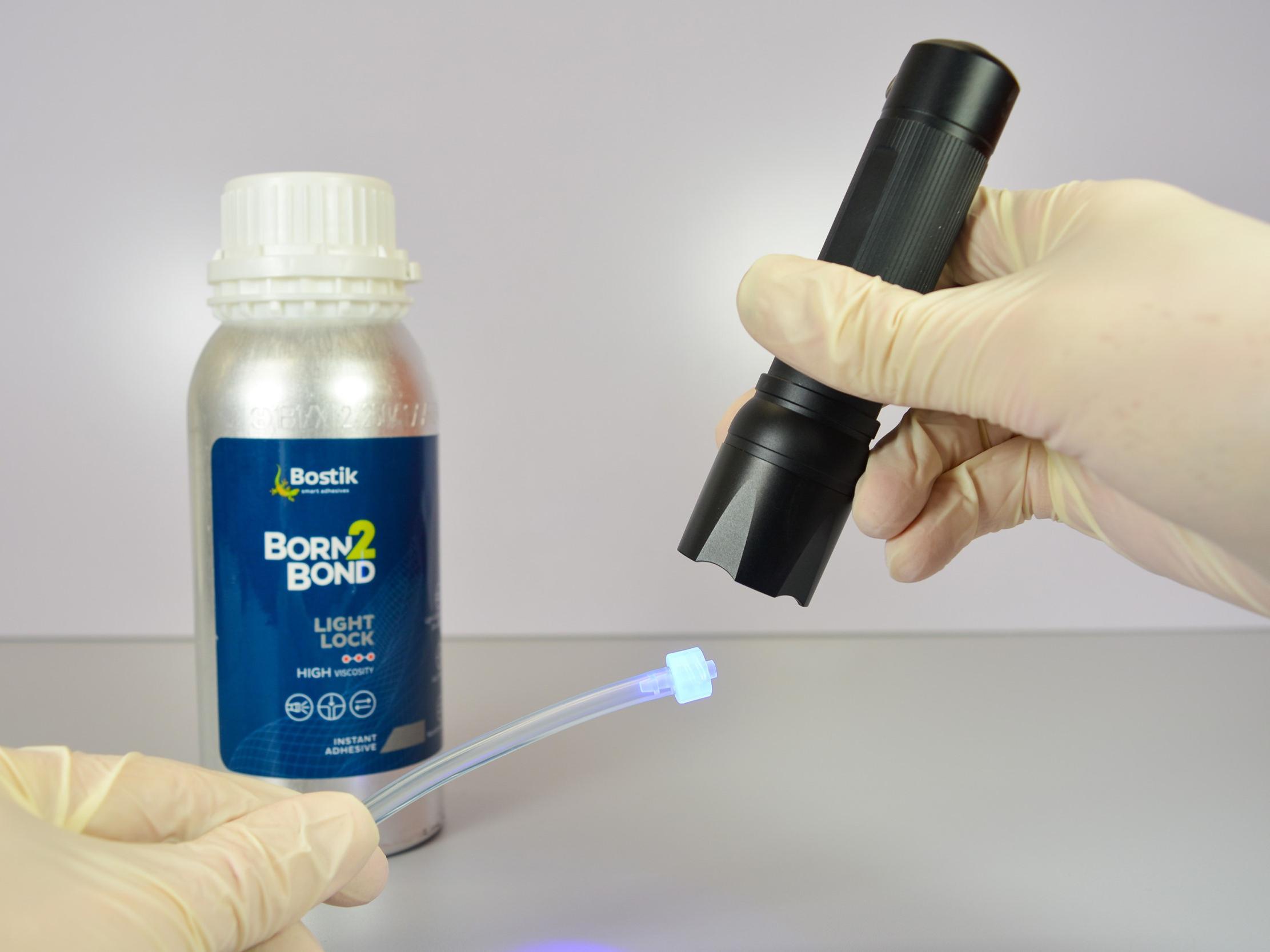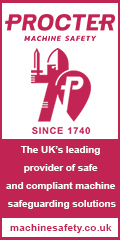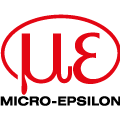
Posted to News on 1st Mar 2022, 08:57
Spotlight on surface and light cure cyanoacrylate adhesives
Curing without chemical activators

Darren Rea, internal sales executive at adhesives supplier Intertronics, discusses how new materials mean high-tech manufacturers and those operating audited processes can consider using CAs.
Cyanoacrylate adhesives (CAs) are strong, fast-curing products for interfacial bonding applications, but they don’t tend to cure effectively when not between two surfaces. To overcome this, manufacturers can use a chemical activator to encourage fast cure.
However, the downsides of activators have sometimes meant precluding the use of CAs, despite other advantages. Here Darren Rea, internal sales executive at adhesives supplier Intertronics, discusses how new technology can remove the need for activators in CA bonding processes.
CAs cure best interfacially — ie, between two surfaces — and in thin bondlines. In adhesive joint formats where there are exposed surfaces, fillets or where squeeze out occurs, cure can take a long time. In these cases, manufacturers can use a chemical activator to encourage the adhesive to cure, to ensure they can still benefit from the fast-curing feature of CA materials.
The disadvantages of activators
The use of an activator has several downsides; one of which is that it is an extra process. An activator is another chemical to contend with, adding health and safety and risk assessment reviews, and stock management and shelf-life processes. They are often solvented. Activators are typically applied by spraying, using an aerosol can or spray valve. At a time when many companies are working hard to improve safety and the environment by removing solvents and other chemicals, activators are not an appealing option.
Medical device manufacturing companies invariably require their cured assembly adhesives to pass a cytotoxicity test like ISO 10993, and have tightly controlled and validated processes. The spraying of an activator, especially from an aerosol can, is tricky to control. Questions have been asked about overspray, how that extra chemical is reacted, and if there are unacceptable levels of contamination around the bondline. Most of this type of assembly is done in a cleanroom, where spraying is anathema.
‘Out with activators, in with UV’
Recent innovation has led to the introduction of new adhesives that represent a big step forward in cyanoacrylate adhesive technology, the Born2Bond range. The products overcome many of the performance and application limitations of existing CA products, while also facilitating faster, smarter production processes. The range features safer products, with fewer or no label hazard symbols.
The new range introduces a straightforward way to remove the need for activators when working with exposed bondlines — Born2Bond Light Lock. This unique material is the first low-odour, low-bloom, light curing cyanoacrylate adhesive. Its dual cure formulation includes both conventional ‘instant’ (surface) cure and light cure for the rapid curing of exposed fillets or areas, as well as through transparent parts. The material solves the traditional challenge of curing outside of the bond line, offering a fixture time of around 60 seconds without light exposure, or less than five seconds with low power visible or long wave UV light.
Plastic and metal bonding in assembly of medical devices
Light Lock dispensing processes are easy to automate and validate, a benefit for those in highly regulated industries. In addition, Light Lock is ISO 10993-5 and ISO 10993-10 tested, and therefore suitable for consideration for plastic and metal bonding in the assembly of medical devices, including catheter and hearing aid bonding. In electronics manufacturing it is suitable for ruggedising, wire tacking, encapsulating, insulating, and coating. Manufacturers can purchase the material in high viscosity and gel formulations for bonding, repair, coating or infilling applications.
With new materials like Light Lock, high tech manufacturers and those operating audited processes can consider using CAs, realising the benefits of UV and CA technology in one easy to use product.
Want the latest machine building news straight to your inbox? Become a MachineBuilding member for free today >>

















